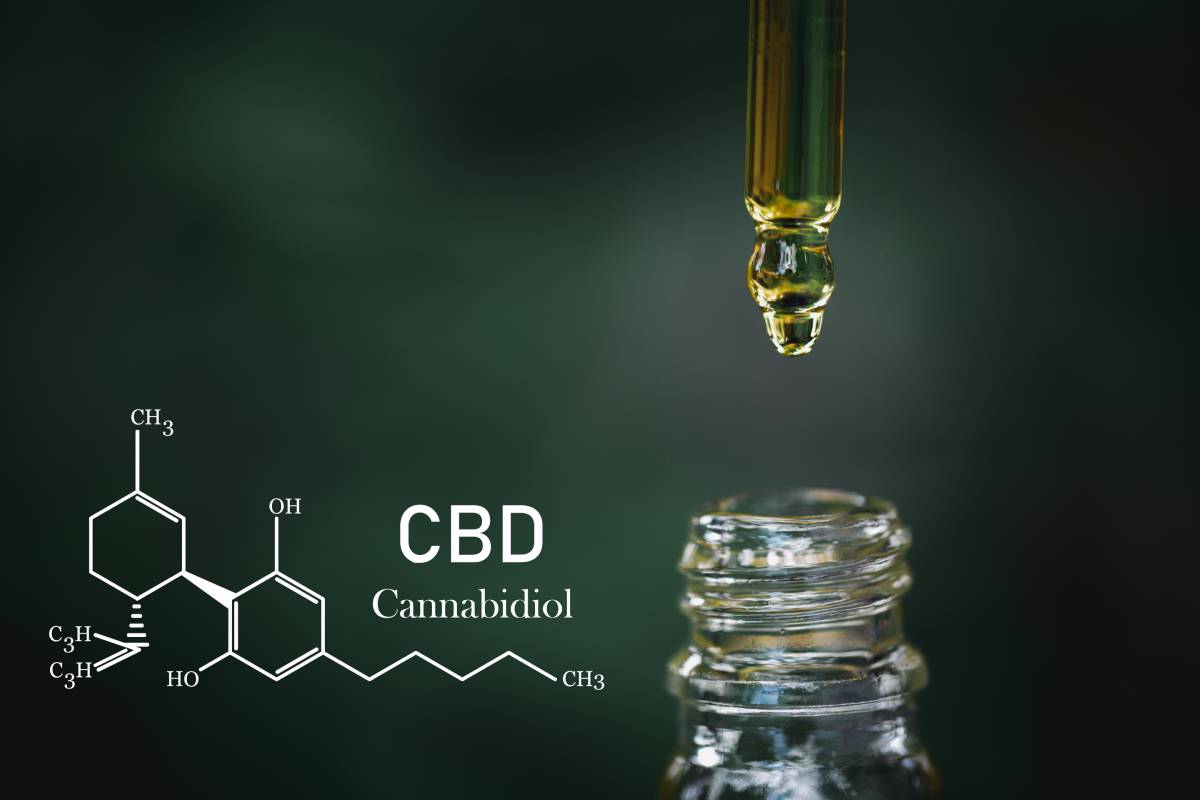Cannabidiol (CBD), a compound derived from the cannabis plant, is exploding in popularity for its purported effects on pain, anxiety, insomnia, and other conditions. CBD is not psychoactive, unlike THC, which is the other key compound in cannabis. In terms of pain control, it is used in a non-controlled manner for cancer-related pain, arthritic pain, and headache, among others while avoiding the psychoactive effects of THC [1-3]. However, evidence of its efficacy is significantly more limited than the scope in which it is used and advertised [4,5]. This article will examine available data on the efficacy and risks of CBD for treating pain.
Overall, recent trends in both legislation and public sentiment have increased access to marijuana as well as CBD specifically. One major argument from proponents of this change has been the medical use of cannabinoids, a.k.a. compounds in cannabis. Research has led to some successful clinical applications of cannabinoids: the first and only FDA-approved CBD drug contains a purified form of the substance and treats specific types of seizures. FDA has also approved three other cannabis-related drugs – either synthetic THC or a synthetic analog of THC – for therapeutic use. A number of other unapproved products are being used to treat medical conditions but face scrutiny from FDA [4].
A recent review could not conclude whether CBD is effective for chronic pain management. There are currently no approved pharmaceutical products for pain that contain CBD alone. Nabiximols, which contain a 1:1 mix of THC and CBD, are approved in a few countries for analgesia, but separating the effects of the two compounds is not feasible with available data [2]. Similarly, understanding the effect of CBD versus other cannabinoids from the context of state-level approvals of medical marijuana is difficult.
One study on cancer-related pain found more promising results. Researchers performed a multicenter, double blinded, randomized, controlled study of THC:CBD, THC only, and placebo for treating the pain of cancer patients for whom opioids were insufficient. Patients in the combined group showed significant improvements in pain compared to the control group, whereas the THC only group did not [3]. However, this study still only indirectly examined the effects of CBD.
In addition to limited evidence for CBD’s usefulness in treating pain that does not warranthow broadly it is used, it also carries a number of health risks. Side effects can include drowsiness, nausea, diarrhea, dry mouth, and at high concentrations, liver injury. A major concern is potential interactions with common medications – e.g. warfarin (a common blood thinner), levothyroxine (a thyroid medication), and several seizure medications [5,6]. Animal studies have shown that, at high doses, it can cause developmental toxicity, neurotoxicity, hepatotoxicity, and adverse effects on the reproductive system, though doses used by many of the studies were far above those used by humans [6].
Overall, there is currently insufficient support for CBD to be used to treat pain, outside of select scenarios. However, further research is needed before establishing guidelines. CBD may be effective in other situations, such as seizures, appetite loss, and chemotherapy-related nausea, according to other research, while many anecdotal reports claim that it helps with other conditions as well. THC has been studied in greater depth and demonstrates pain relieving and relaxing effects but also carries significant drawbacks [3]. Anyone considering CBD for treating pain should carefully review regulations and check with their doctor to ensure safety.
References
- Cherney, K. “Using CBD Oil for Pain Management: Does It Work?” Healthline, February 2020. [Online]. https://www.healthline.com/health/cbd-oil-for-pain
- Boyaji, S., Merkow, J., Elman, R.N. et al. The Role of Cannabidiol (CBD) in Chronic Pain Management: An Assessment of Current Evidence. Curr Pain Headache Rep 24, 4 (2020). https://doi.org/10.1007/s11916-020-0835-4
- Johnson, J. R., Burnell-Nugent, M., Lossignol, D. et al. Multicenter, Double-Blind, Randomized, Placebo-Controlled, Parallel-Group Study of the Efficacy, Safety, and Tolerability of THC:CBD Extract and THC Extract in Patients with Intractable Cancer-Related Pain. J Pain Symptom Management 39, 2 (2010). https://doi.org/10.1016/j.jpainsymman.2009.06.008
- “FDA Regulation of Cannabis and Cannabis-Derived Products, Including Cannabidiol (CBD).” FDA, January 2021. [Online]. https://www.fda.gov/news-events/public-health-focus/fda-regulation-cannabis-and-cannabis-derived-products-including-cannabidiol-cbd
- Bykov, K. “CBD and other medications: Proceed with caution.” Harvard Health, January 2021. [Online]. https://www.health.harvard.edu/blog/cbd-and-other-medications-proceed-with-caution-2021011121743
- Huestis, M. A., Solimini, R., Pichini, S. et al. Cannabidiol Adverse Effects and Toxicity. Curr Neuropharmacol 17, 10 (2019). https://doi.org/10.2174/1570159X17666190603171901
